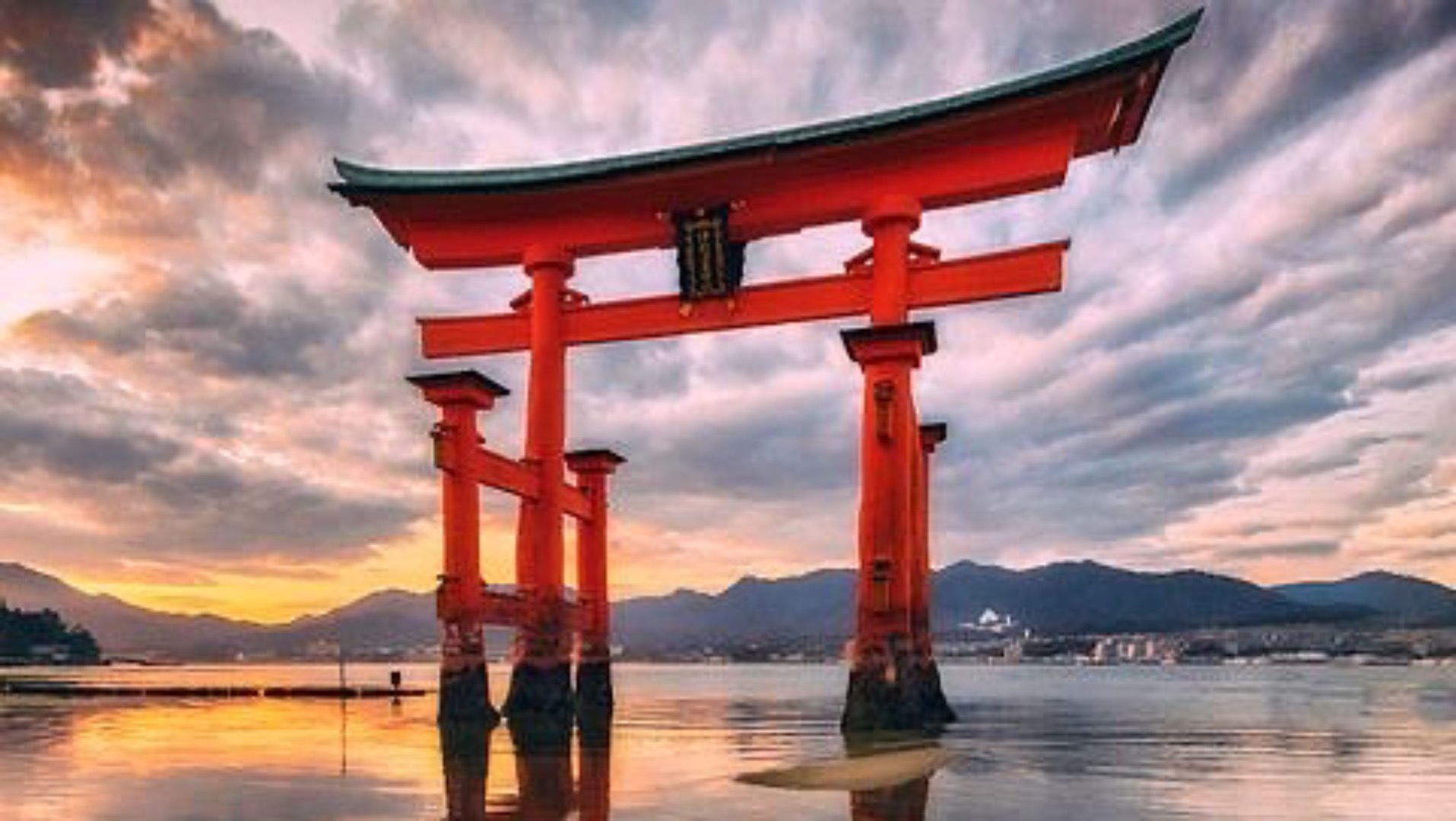We continue our Global Mission of Ceremony and Ancient Waters Migration weaving Mt Fuji (April 2024), Tamasaki Shrine (August 2024), The Queens Tour Ancient Egypt, International World Peace Day Ceremony for Palestine (September 21 2024), World Water Festival Luxor 21 & 22 (September 2024), MiyaJima, Hiroshima (October 2024), and Mt Fuji. (November 2024) Ash has worked for and co-created with Japan and her People since 2011. She recognises with sensitivity and humanity the deepest respect for Japan in this Community Project to recognise World Peace. She will be leading Ceremony of Prayer, Migration of Ancient and Sacred Waters, Calling The Gods to respect a nation of grief. This event will be an honouring of Japan's Agency and Sovereignty for World Peace. We are working with deep respect for Shintoism, and Itsukushima Jinga. “Each person had a name. Each person was loved by someone. Let us ensure that their deaths were not in vain.” - Setsuko Thurlow, survivor of the August 1945 atomic bombing of Hiroshima Nobel Peace Prize acceptance speech, December 2017 The two atomic bombs dropped on Japan in 1945 killed and maimed hundreds of thousands of people, and their effects are still being felt today. By the end of 1945, the bombing had killed an estimated 140,000 people in Hiroshima, and a further 74,000 in Nagasaki. In the years that followed, many of the survivors would face leukemia, cancer, or other terrible side effects from the radiation. The International Day of Peace on 21 September was established in 1981 by the United Nations General Assembly. Two decades later, in 2001, the General Assembly unanimously voted to designate the Day as a period of non-violence and ceasefire. This year marks the 25th anniversary of the United Nations General Assembly’s adoption of the Declaration and Programme of Action on a Culture of Peace. In that declaration, the United Nations’ most inclusive body recognized that peace “not only is the absence of conflict, but also requires a positive, dynamic participatory process where dialogue is encouraged and conflicts are solved in a spirit of mutual understanding and cooperation.” In a world with rising geopolitical tensions and protracted conflicts, there has never been a better time to remember how the UN General Assembly came together in 1999 to lay out the values needed for a culture of peace. These include: respect for life, human rights and fundamental freedoms; the promotion of non-violence through education, dialogue and cooperation; commitment to peaceful settlement of conflicts; and adherence to freedom, justice, democracy, tolerance, solidarity, cooperation, pluralism, cultural diversity, dialogue and understanding at all levels of society and among nations. In follow-up resolutions, the General Assembly recognized further the importance of choosing negotiations over confrontation and of working together and not against each other. The Constitution of the United Nations Educational, Scientific and Cultural Organization (UNESCO) starts with the notion that “wars begin in the minds of men so it is in the minds of men that the defences of peace must be constructed”. It is this notion that framed the theme and logo of this year’s observance of the International Day of Peace. The ideas of peace, the culture of peace, need to be cultivated in the minds of children and communities through formal and informal education, across countries and generations. The International Day of Peace has always been a time to lay down weapons and observe ceasefires. But it now must also be a time for people to see each other’s humanity. Our survival as a global community depends on that.
Explore, Learn, Inspire
Hiroshima
1 year ago
Hiroshima Retreat 2 Days & Online- Contact School And World Peace Ceremony 5 & 6 Oct 2024 And TBA May 2025
